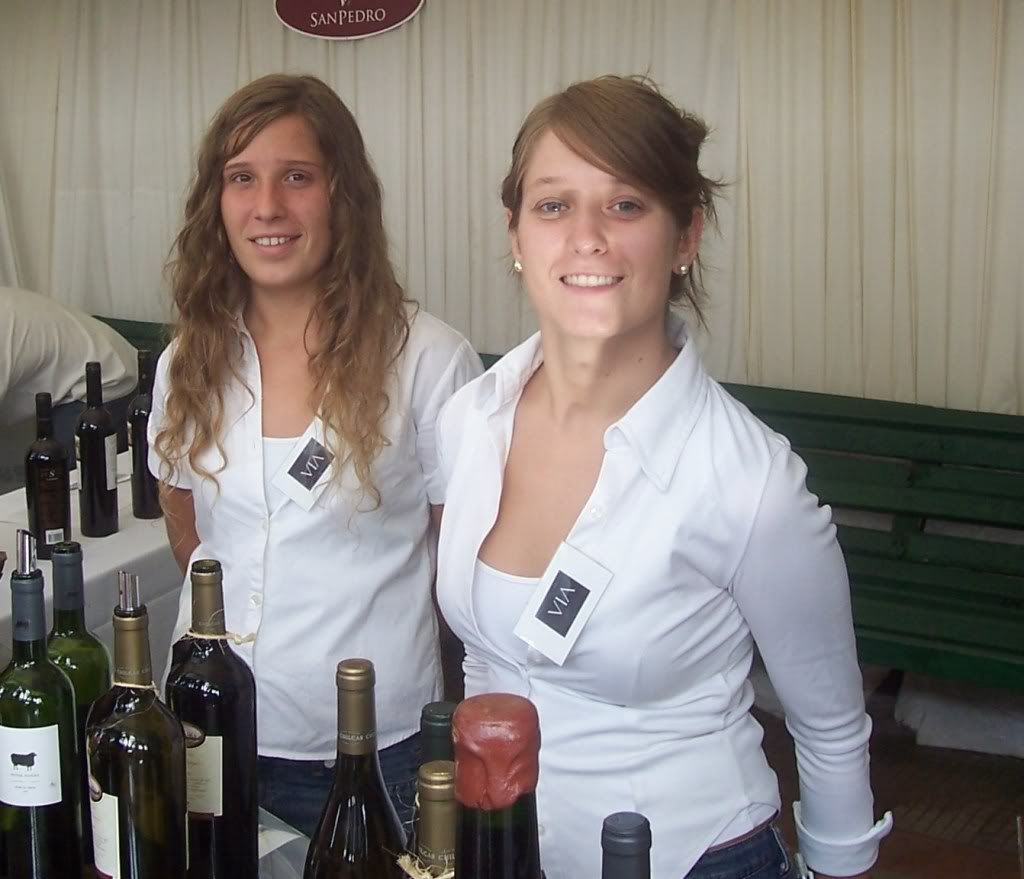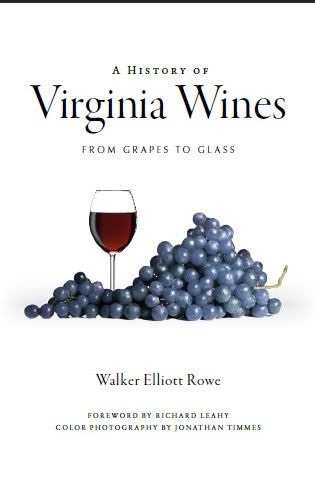Drive across the landscape in Virginia and the observant person notices that practically all of the silos here are no longer in use except on some dairy farms. Instead of being used to store silage—that is, grain that is fermented so that it will not spoil—trees are growing up through the middle of these ghosts of the landscape which have not been used for some years. There is an old saying which is very much true for those who bale hay: “Make hay while the sun shines”. When you cut hay you have to let it dry for a couple of days in the sun before you bale it up. Otherwise if you bale it damp it will rot. Not so for what is called “bailage”. This is grass which is cut then baled straight away and wrapped in air tight plastic. The bales ferment turning into something akin to vinegar. Cattle love it, the cow hands at the 7,600 acre Eldon Farms in Rappahannock County say they even lick up the juice from the plastic and the ground. In the past sillage was made by lifting grass or corn stalks into the anerobic (i.e. oxygen free) environment of the silo. Sillage can also be made by shoveling forage into a pit into the ground and covering it with plastic and tires. Or you can just bag up some green grass in a plastic bag and wrap it up tight. Jim Bowen farms wheat, cattle, and hay on 3,700 acres of land in Culpeper owned by the Germans. He has been working here since 1981. His farm is well-known throughout the state having hosted the annual Virginia Ag Expo which is the largest event in the state for row crop farmers. Jim is well-positioned to explain why there are no more silos. Standing in front of an enormous 8-tire 248 horsepower tractor in front of empty silos and functioning grain elevators Jim explains what he does here. “I have silos and grain bins and grain elevators I don't use the silos. Mostly what we do is we use it grain for sale corn and to store [soy] beans for grain.” For his cattle he says, “All I feed is hay but I feed sillage hay. I use ballage which is sillage wrapped in plastic. You can make the hay at 50% moisture. All I do is cut it and bail it. No need to dry it. With ballage you can bale it the next day.Wrapped it tight and it ferments. Used to be, to make a bag you would push 50 rolls into a bag and you would cut a little slit it in but now you don't have to do that because we wrap it so tight. Almost all dairy farmers use silage. It is a great feed. Pits work the same way. You put the sillage into pits and you pack it as you put it in. Cover it up and keep the air out. Uncover it as you feed it. So it won't turn into compost you need to pack it good. You don't want air to get all in it.” He says most sillage pits are made of concrete.. Jim says, “You can make hay and sillage out of winter rye. Its a real early crop its almost ready now [April]”. At this time of the year area lawns and pastures are still grey from winter but rye and wheat feels are bright green especially if they have been fed nitrogen. Asked about fertilizer he says, “I will put nitrogen on the wheat in the fall or early spring. I just put nitrogen on it last week. Last fall I bought nitrogen. I paid $450 per ton right now it is $200 per ton that costs 70 cents per unit—I can hardly make money at that” Jim runs about 200 Angus cows. He put has 7 frost-free Merafont watering systems that use the temperature of the soil to keep themselves ice free even when it is below freezing. He says, “ I try to limit the grazing along my farm banks. I didn't want my cattle in the streams.” When straw prices are high Jim sells straw but otherwise leaves in on the ground as he rotates to the next crop. Because of the crash in housing prices there is not much demand for straw now as few builders are seeding new lots. “Hay” is forage which is cut wet, allowed to dry, then baled. “Straw” is wheat which is allowed to dry then cut after the combine has taken away the grain. Jim farms and sells orchard grass to area horse and cattlemens. They prefer that over alfalfa he says, “There's not many people who buy alfalfa. They don't want something which such high protein. Because most of these horses are not working. They get fat if you feed them alfalfa. Most horse people in this area like the 2ndcutting orchard grass which is a lot shorter and finer cut.” Of the costs and revenue he says, “It probably cost me $70 year fertilizer on my orchard grass and I normally make 2 – 2.5 tons per acre of hay. Selling it for $45 per bale I am grossing $200 per acre and $45 for 800 an pound bale. I do some small bales too”. Most of what Jim grows is corn and soybeans which is pretty much what most row crop farmers do and they collect a subsidy for that but Jim does not as this farm is foreign owned. Jim markets his grain to the chicken industry. I have written about two row crop farmers on this blog to date and both of them sell to Perdue. These chicken operations obviously buy a lot of area grain. Jim says, “Everything you see here thats green here like that is wheat. Most of my wheat I sell to Perdue farms and it used for export out of Norfolk. I grow wheat corn soybeans rotation. I sell it by the bushel. 60 pounds to a bushel. I sell spot market and futures contract..” Because of all the chicken farms in Harrisonburg and elsewhere there is a surplus of manure available for fertilizer. Jim says, “Right now chicken litter is $30 per ton just dumped on your farm. Contact Mount Pony Farm. They are brokers. Talk to Billy.”
Tuesday, May 19, 2009
What Happened to All the Silos?
Subscribe to:
Post Comments (Atom)








1 comment:
Wow! I think his tractor's sexy!
BTW - additionally people don't like to feed horses alfalfa because hay so rich in protein can tend to make an otherwise even-tempered, level-headed horse a bit hyper & jumpy. Only mares in foal (pre-foal to build them up for pregnancy & post-foal to help with milk production) need the protein in alfalfa.
Post a Comment